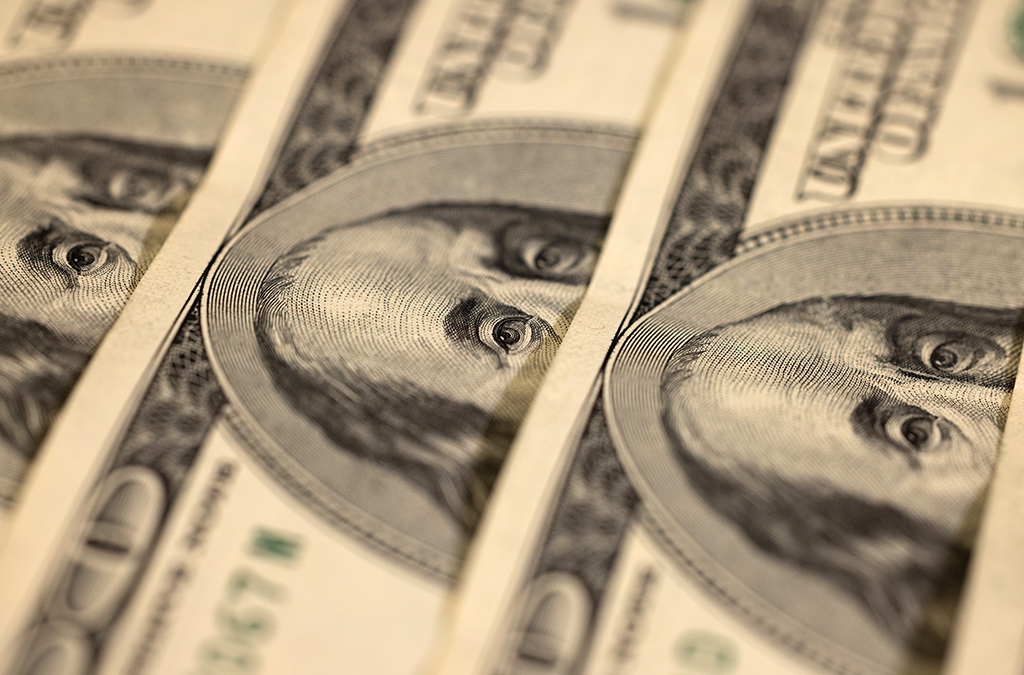There is no better way to describe it – 2021 was a historic year for the markets.
After more than a decade of inflation running below the Federal Reserve’s stated 2% target level, the trifecta of rising wages, supply-chain disruptions for many goods and trillions of dollars of government largesse combined to push inflation steadily higher as the year progressed. As 2021 drew to a close, financial markets saw a wave of increased volatility, spurred by the spreading of the Omicron variant, the above-mentioned inflation spike and a rapidly pivoting Federal Reserve. Despite all the volatility, US equity markets as measured by the benchmark S&P 500 rose 11.0% during the fourth quarter of 2021. This brought the benchmark’s total return for the full year to 28.7%.
On a full year basis, all four major indices posted positive returns. By market capitalization, large caps handily outperformed small caps both in the fourth quarter and throughout 2021. Concerns about future economic growth were the main driver of large-cap outperformance and small-cap underperformance especially in the second half of 2021. The Delta and Omicron variants were headwinds on economic growth in the second half of the year, while the Fed potentially hiking rates more than expected made the growth outlook for 2022 less certain, and those two factors drove a rotation from small caps in the third and fourth quarters.
Internationally, foreign markets saw modest gains in the fourth quarter as declines in emerging markets partially offset gains in developed markets. Developed markets posted a positive return for the fourth quarter. For the full year 2021, foreign markets registered solidly positive returns.
Looking at the fixed income markets, longer-duration bonds outperformed those with shorter durations in the fourth quarter. Higher-yielding, but lower-quality corporate bonds posted a positive return and outperformed on a full-year basis, as investors flocked to riskier debt amidst low rates, elevated inflation and strong economic growth. Lower-yielding and safer investment-grade corporate debt underperformed in the fourth quarter and posted a negative return for 2021, reflecting bond investors’ search for higher yield, as well as concerns about inflation and rising rates.
In the final meeting of 2021, the Federal Open Market Committee had announced that it would ramp up the speed at which it pares its bond purchases, putting the nation’s central bank on course to eliminate the emergency quantitative easing program a few months earlier than expected. That timeline is key since the Fed is now primed to increase the federal funds rate – perhaps as many as three times in 2022. Whether or not the Fed can achieve its goals depends largely on how the nation reacts to the pandemic and just how quickly life goes back to normal.
Regardless of the time frame, and in good times or bad, market uncertainty will always be a part of investing. There is always something on the horizon that could have a significant impact, good or bad, on market prices in the future. As we consider all that has occurred in 2021 and look forward to 2022, one of the biggest takeaways from another unpredictable year in the markets is that a well-planned, long-term focused and diversified financial plan can withstand virtually any market surprise and a related bout of volatility.
BIPARTISAN DISASTER RETIREMENT SAVINGS ACT INTRODUCED
The Bipartisan Disaster Retirement Savings Act, introduced on December 9, would help survivors of natural disasters by allowing them to withdraw funds from retirement accounts to cover the unexpected and emergency costs related to disasters without incurring fees or penalties. The tax relief would be triggered automatically if the President issues a federal disaster declaration.
Under current law, taxpayers impacted by natural disasters may be subject to 20% withholding and 10% in early withdrawal tax penalties if they draw from their retirement funds to cover emergency disaster costs. Congress often acts afterwards to provide relief, but it’s not always immediately and is not a certainty. In addition, income attributable to a qualified disaster distribution may be included in income ratably over three years, and the amount of a qualified disaster distribution may be recontributed to an eligible retirement plan within three years.
2022 EMPLOYER PLAN & CONTRIBUTION LIMITS
- $20,500 for 401(k)
- $27,000 for 401(k) with catch-up contributions
- $305,000 Maximum Annual Compensation
- $61,000 Maximum Annual Individual Limit
- $135,000 Compensation Definition for Highly Compensated Employee
Photo by engin akyurt on Unsplash

